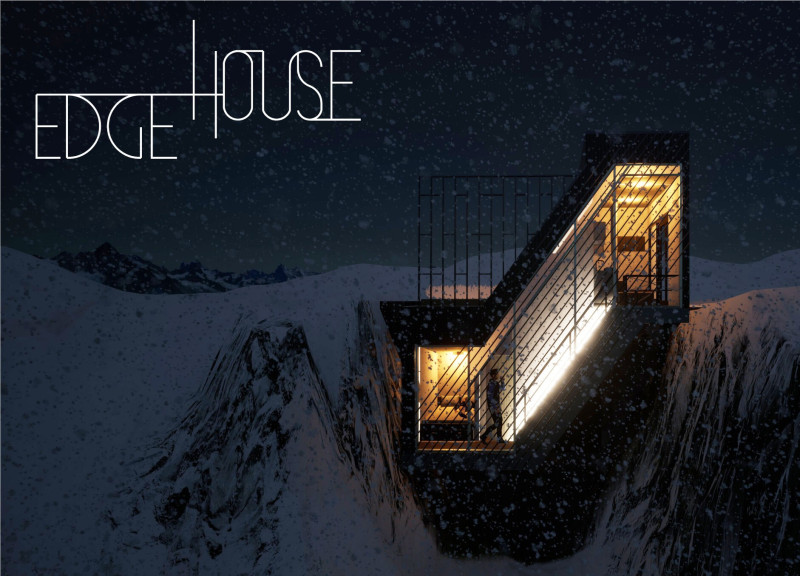5 key facts about this project
### Project Overview
Situated in [Geographical Location], [Project Name] exemplifies a contemporary architectural approach aimed at integrating functionality with community needs. The design seeks to create a space that not only accommodates various activities but also enhances interactions among users. Developed by [Architect or Design Firm Name], the project highlights a commitment to environmental stewardship and aesthetic coherence.
### Conceptual Framework
The design is grounded in the principles of [core concept, e.g., biophilic design, adaptive reuse], which emphasize a harmonious relationship between the built environment and its natural context. This approach is manifest in the careful arrangement of spaces that consider user flow and accessibility while fostering an engaging atmosphere. The interplay of form and light throughout the structure is intended to promote well-being and strengthen the connection to the surrounding landscape.
### Materiality and Sustainability
The carefully selected materials play a critical role in achieving both durability and sustainability within the project. Key materials include:
- **Reinforced Concrete**: Provides structural robustness and supports complex geometrical forms.
- **Glass**: Utilized extensively, [specify type, e.g., low-emissivity glass] maximizes natural light and visibility, reinforcing the connection to external environments.
- **Sustainable Timber**: Chosen for its aesthetic qualities and environmental benefits, introducing warmth and a tactile connection to nature.
- **Metal Cladding**: [Specify metal type, e.g., aluminum] offers resilience while reflecting the site’s context.
- **Green Roof Systems**: Enhance energy performance and promote biodiversity, contributing to the sustainability objectives of the project.
The design incorporates various sustainable features—including [list specifics, such as rainwater harvesting systems or solar panels]—to reinforce its commitment to ecological responsibility while enriching user experience.


























